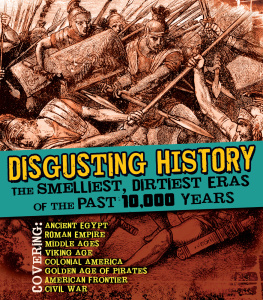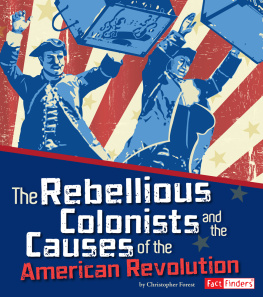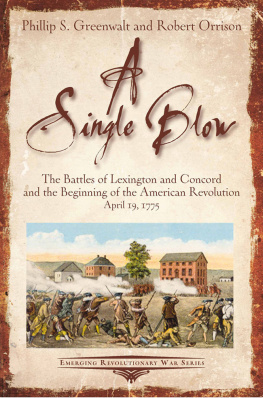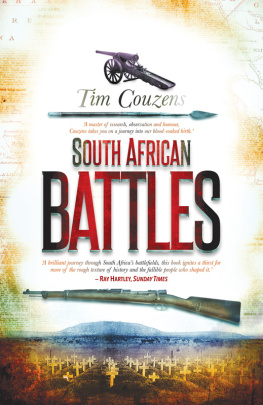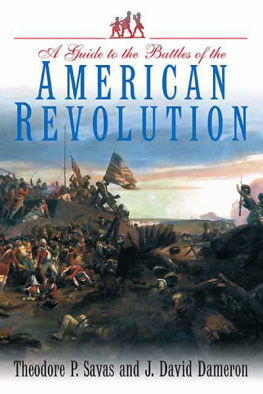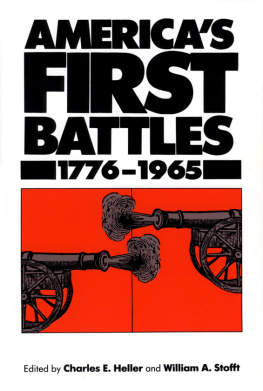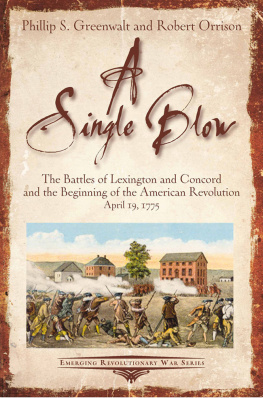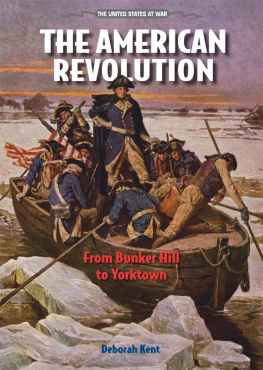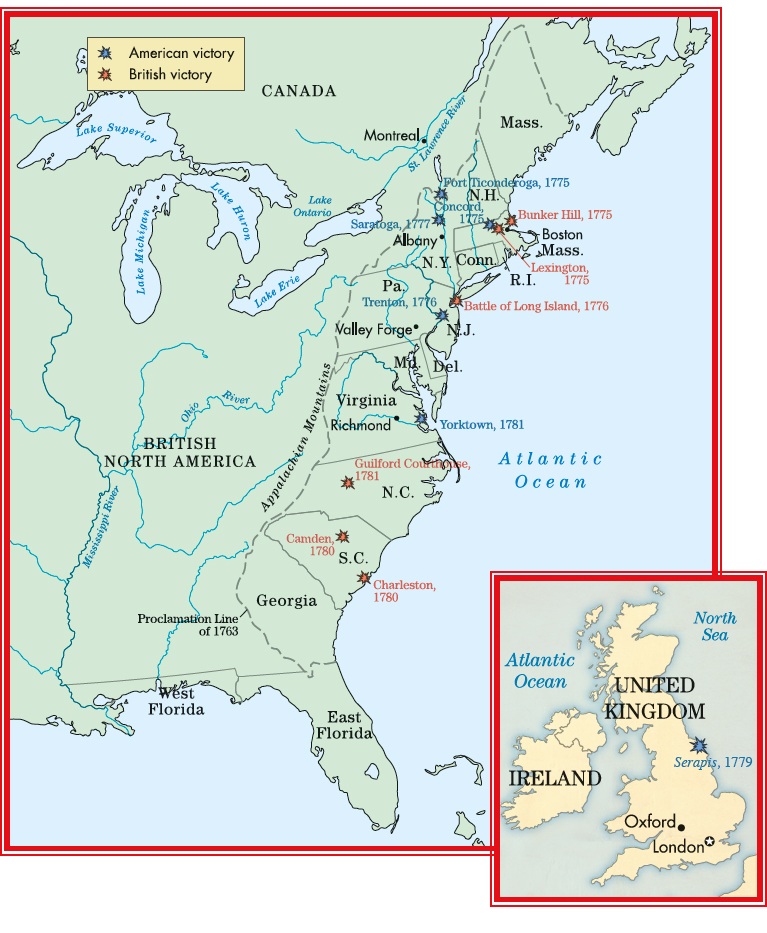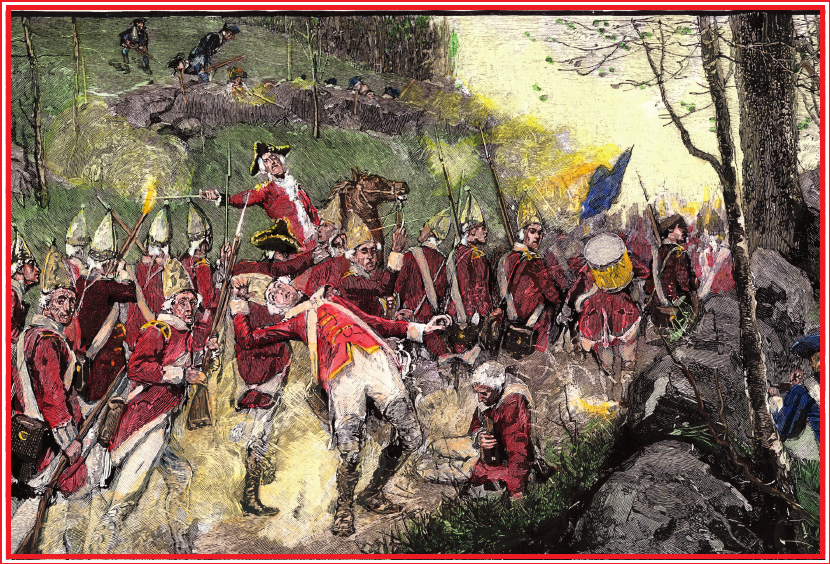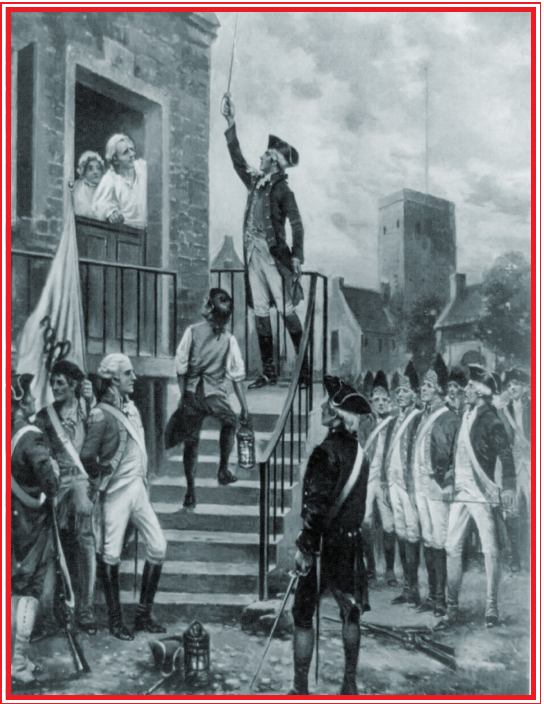Read More
Burgan, Michael . Weapons, Gear, and Uniforms of the American Revolution. Equippedfor Battle. Mankato, Minn.: Capstone Press, 2012.
Gregory, Josh . The Revolutionary War. Cornerstones of Freedom. New York: ChildrensPress, 2012.
Samuels, Charlie . Timeline of the Revolutionary War. Americans at War. New York:Gareth Stevens Pub., 2012.
CHAPTER 1
A Call for War
For years, Great Britain had ruled the 13 American . British leaders decided totax their subjects to pay the debt.
However, many colonists felt the taxes challenged their rights. They formed protestsand British goods. In return, Great Britains King George III sent troopsto the colonies. He also created laws to further control the colonists.
By 1775 the colonists decided to fight for their freedom. A series of battles tookplace throughout the colonies. Patriots fought . Friends fought friendsand neighbors fought neighbors. Families, fields, and homes were torn apart. Thewar became known as the American Revolution.
colony : a place that is settled by people from another country and is controlledby that country
debt : money that a person owes
Biggest Battles of the American Revolution
boycott : to refuse to take part in something as a way of making a protest
Loyalist : a colonist who was loyal to Great Britain during the Revolutionary War
CHAPTER 2
Early Battles
Battles of Lexington and Concord
April 1819, 1775
On the morning of April 18, 1775, the people of Boston, Massachusetts, saw a seaof red. More than 800 British soldiers, also known as Redcoats, lined up outsidethe town. They marched toward the towns of Lexington and Concord. The plan was toarrest leaders Samuel Adams and John Hancock in Lexington. Then they wouldcollect Patriot weapons and gunpowder in nearby Concord.
However, the soldiers march was not a secret. When the British arrived in Lexington,about 70 colonial soldiers stood waiting.
British Major John Pitcairn ordered the Patriots to move out of the way. Momentslater, a musket shot was fired. The British assumed a colonist was the shooter andfired back. When the smoke cleared, 18 colonists were wounded or dead.
| FAST FACTS | The shot heard round the world inspired people across the globe to stand up tounfair governments. |
During the Battles of Lexington and Concord, 273 British soldiers and 95 colonistswere killed.
Discovering that Adams and Hancock had escaped, the soldiers moved on to Concord.There they destroyed weapons and gunpowder, creating a huge fire. Patriot though Concord was on fire and moved to defend the town. Surprised, the British retreated.
Patriot : a person who sided with the colonies during the Revolutionary War
Minutemen : colonists who were ready and willing to fight at a moments notice
Colonists chased the British 20 miles (32 kilometers) back to Boston. hid in the forest, shooting at the British soldiers bright red coats as they marchedby. Colonists from around Lexington and Concord joined in the battle. Musket smokefilled the air.
By the end of the day, the Redcoats were trapped in Boston. British leaders wereworried. Before the battle, they never imagined the colonists would fight back. Nowthey knew the colonists were ready to fight with their lives.
The British soldiers fought in formal, disciplined groups. They were not preparedfor the colonists surprise attacks.
militiamen : a group of volunteer citizens who serve as soldiers in emergencies
Capture of Fort Ticonderoga
May 10, 1775
After the Battles of Lexington and Concord, the colonial army realized it had a bigproblem. The British army was trapped in Boston. However, the colonial army was shorton weapons. The British army needed more soldiers and reinforcements. The two armieswere at a draw.
Patriot leaders Ethan Allen and Benedict Arnold planned a raid on Fort Ticonderoga.The fort was lightly guarded and had many large guns.
Early on May 10, a small group of militiamen stormed Fort Ticonderoga. The handfulof British soldiers at the fort were still asleep. It was an easy Patriot victory.More than 80 guns and mortars were collected and moved to Boston. The colonists werenow able to match the British firepower.
Ethan Allen (top of the steps) and Patriot troops capturing Fort Ticonderoga
Battle of Bunker Hill
June 17, 1775
While Fort Ticonderoga fell, the British were busy in Boston. They built defensivewalls and placed high on the hills overlooking Boston. They planned onadding Breeds Hill in nearby Charlestown to their defensive sites.
The colonists also wanted the hill. Early on June 16, 1775, 1,000 Minutemen began the location. They built fences, trenches, and dirt walls.
Around 3:00 p.m., 2,200 British soldiers attacked. Their progress was slow. The colonistsfortifications were effective. And the soldiers were weighted down by heavy equipment.


